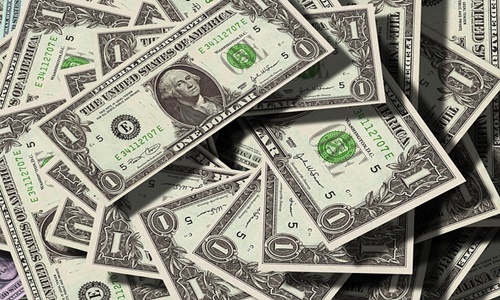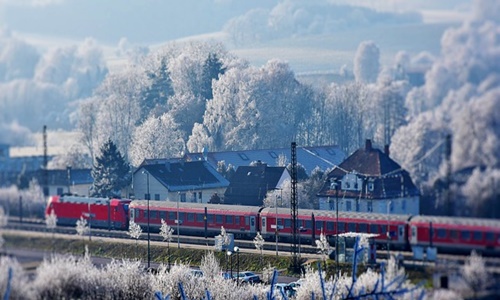Europe has reportedly been hit by nearly $1 trillion for skyrocketing energy costs as a result of the Russia and Ukraine war, pushing the worst crisis in decades in just getting off the ground.
Post this winter, the region will have to replenish its gas resources with little to no supplies from Russia, leading to growing competition for gas tankers. Even with more LNG or liquefied natural gas import establishments springing online, the market is likely to remain cramped until 2026, when additional generation capacity from the United States to Qatar becomes obtainable. That would indicate no relief from inflated prices.
Though governments across the continent were able to lower the impact on consumers and businesses by providing more than $700 billion in support, a state of emergency may persist for years, as indicated by the Brussels-based research think tank, Bruegel. The assistance that ward off the sting for millions of people and businesses now appears to be unaffordable due to escalating interest rates and countries that are probably already in recession.
According to Martin Devenish, a director at the consulting firm S-RM, after adding up all the bailouts and subsidies, the total would account for an absurdly high sum of money. Devenish further claimed that the governments are going to have a much harder time handling this situation next year.
Government financial resources are already at a loss. Over 60% of the GDP or gross domestic product is the debt ceiling for the European Union, which applies to around half of its member states.
The approximately $1 trillion figure is a large assessment of higher energy costs for businesses and consumers, a few of which, but not all, were offset by relief programs. Similar estimates from Bruegel considering the demand and price growth were released this month in an IMF report.








